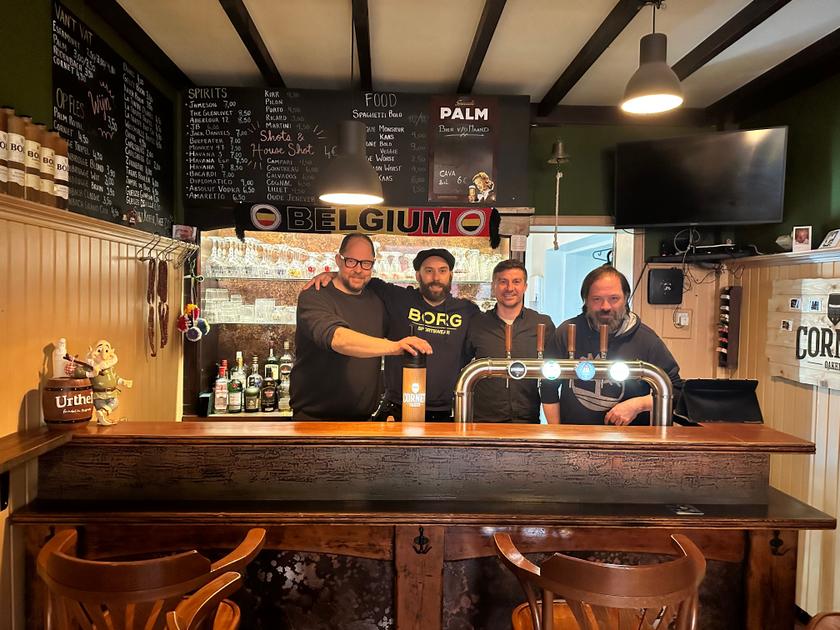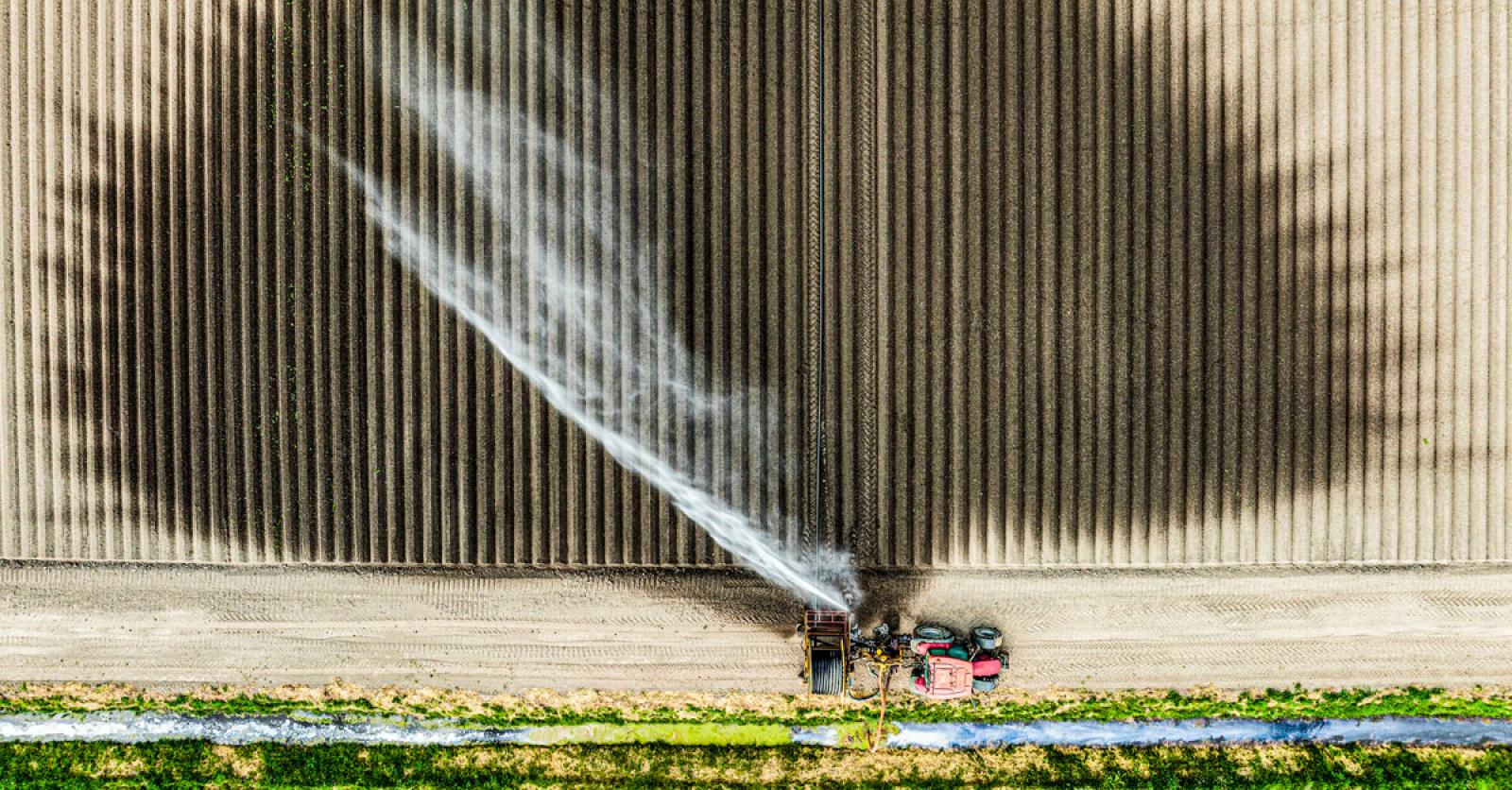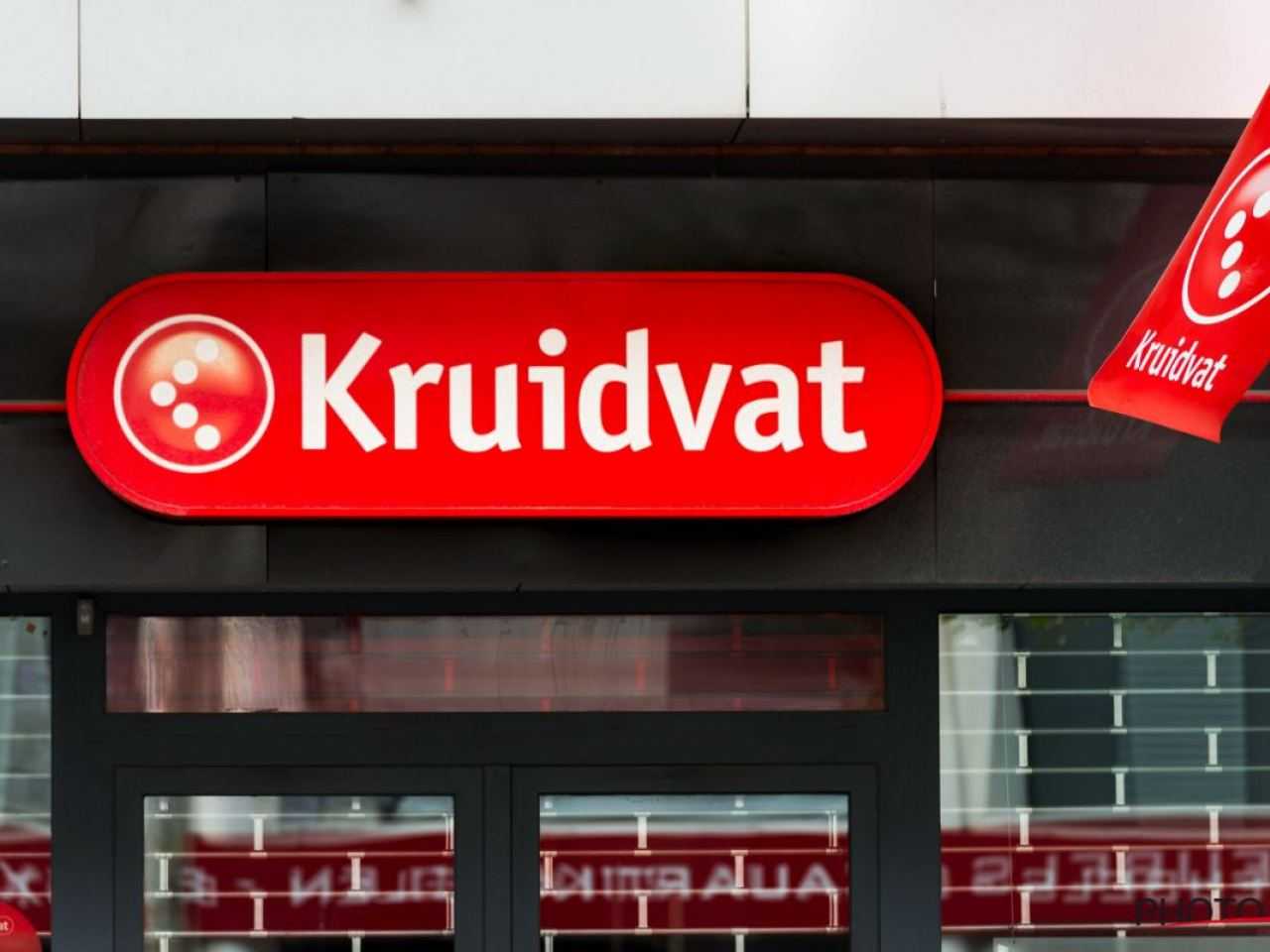Our nature is silent with people. Especially with a specific subtype, and Gay remodeling – one of our largest mammals and predators – which has a great time there. On the one hand, it is of course great that all these people go out into nature and discover different ways to connect with nature: forest bathing, cycling, walking, wild animal picking, hiking, running, horse riding, wildlife spotting, walking the dog. , Survival. Exercising is healthy, fresh air is good for us, and green spaces have a beneficial effect on the body and mind. On the other hand, this type of animal disrupts the peace and habitat of all kinds of other species. “Nature is too full,” the guard concludes desperately, so from now on it must be paid and booked. Your job will be: whistle in your mouth, ride a bike with big wheels under your ass, notebook in your pocket and then go write receipts and check entrance tickets. I can imagine that the average forester began his career with different expectations.
You can also argue in the opposite direction. There are not many people, there is simply (far from) too little nature. The Netherlands has half a million hectares of nature for 17 million people. This equates to less than three hundred square meters per person, the area of a tennis court with a margin of one meter along the four edges. Humans share this tennis court with all the other living plants and animals in that area.
In comparison, the Netherlands has nearly 1 million hectares of grassland for 3.8 million cows – another large mammal. Each cow has an outdoor area of 2,500 square metres. This represents more than a third of a football field, which it shares mainly with grass and earthworms. In the Netherlands, a cow has eight times more outdoor play space than a human. We get away with it.
Read also
Nature is not full, but incorrectly arranged
The problem is that in the Netherlands we use a very narrow definition of nature. We divide nature into categories and management types with target species and try hard to maintain this paper division in the real world, on tightly defined plots of land. In fact, nature is dynamic, potentially omnipresent, and hates spatial boundaries. Bicycle and rail verges, front, rear and allotment gardens, city parks, school yards, tree roads, vacant lots, city sidewalks, fields, meadows, ditches, and ponds; In principle, nature can take its course everywhere, provided we give it space and time and do not oppose it.
There is a world of new, dynamic nature to be gained by bringing agriculture and nature together and connecting them through regenerative agriculture, especially on farmland and in rural areas.
This agriculture is based on four basic principles. First, take care of the soil: do not plow, mow, move or flatten with heavy machinery. After all, half of biodiversity is in the soil, which we want to protect. Second, embrace and increase (bio)diversity, so we welcome all native animals and plants and combine many crops. Third, there are no pesticides of any kind. Pesticides destroy life and destroy diversity. Nature derives its resilience and balance from the enormous diversity of organisms and organisms. Four, no fertilizer. Synthetic fertilizers put soil life out of play and make plants dependent on annual supplements, when, in cooperation with soil life, they are perfectly capable of feeding themselves.
If we apply these four basic principles to rural areas, we can create more than half a million hectares of new nature within ten years using four powerful measures. This represents a significant doubling of the current area, while maintaining food security. How do we deal with that?
Firstly, we surround all the fences with mixed hedges. Hedges protect the wind, provide nesting and shelter for small birds, stimulate life in the underground soil, provide food and shelter for insects, retain soil roots, store rainwater and organize the landscape. We can plant two hundred thousand kilometers of hedges in the Netherlands, which will eventually become a forty thousand hectare mosaic of new nature.
Secondly, we provide ditches with nature-friendly banks. These banks provide space for certain aquatic and riparian plants, attract water-loving birds and are breeding grounds for dragonflies and small amphibians. The ditch with a nature-friendly bank doubles the water storage capacity, and various stations improve water quality. We have 330,000 kilometers of ditches, and not all ditches qualify as nature banks, but even with just under half of the ditches, this results in 75,000 hectares of new nature.
Third, we plant all edges of the field with native flowers and grasses. It attracts all types of insects that pollinate crops and control insect pests. These floral edges provide 22,000 hectares of new nature and huge gains in biodiversity.
Fourthly, the hardest hit, and at the same time the biggest blow, is the grasslands and cornfields. We all know that livestock numbers must shrink. If we do this gradually, we can actually fill grasslands with shrubs and trees, which will provide alternative products for farmers. Berries, fruits, nuts, insulating materials, building materials, vegetables (yes, you can eat the leaves of quite a few shrubs and trees as vegetables), and care products. By halving the number of livestock, we can convert at least three hundred thousand hectares of grassland and ninety thousand hectares of maize into tree meadows, biodiverse orchards and food forests.
Read also
What should be given more space: nature or agriculture and housing? The Netherlands is divided
Finally, the question on the minds of many well-meaning farmers and landowners: How are we going to finance this? Because subsidies to nature are so minimal, it takes many years for the new nature to bear fruit, both literally and figuratively.
Here is my suggestion. The EU can make its first serious contribution through the Green Deal and the Common Agricultural Policy's environmental plans. Our government could contribute funds for peak loaders, who in principle do not have to stop, but can organize their work radically differently.
Coincidentally, new European regulations require companies to document and compensate their environmental impact from 2024. There is no better compensation imaginable than a few hectares of completely new, dynamic nature. Moreover, banks should finance this new type generously and without interest, and banks should also reduce their environmental impact.
Finally, citizens (you and me) will pay the farmer a fair price for sustainable produce and a biodiverse landscape. Pioneers of regenerative agriculture have proven that good money can be made in many ways. The regenerative farm is a prime location for a mini camp, farm shop, company outings, health days, courses and workshops, small scale parent and childcare, birthday and family parties, yoga classes, photo shoots and local catering, the possibilities are endless. Experience also shows that some citizens are happy to volunteer on the farm.
In this way, an extraordinary coalition of banks, companies, farmers and citizens – with the optimal cooperation of our government (read: a blank statement for these four spatial projects) – could achieve more than half a million hectares of new nature spread across the Netherlands in ten years.
the Gay remodeling They will then be able to enjoy to their hearts' content in that new nature. And the guard? With binoculars around his neck he can quietly have a “know-what” conversation with nature lovers enjoying old-fashioned nature reserves.
Click the check mark next to “I am not a robot”

“Total coffee specialist. Hardcore reader. Incurable music scholar. Web guru. Freelance troublemaker. Problem solver. Travel trailblazer.”






/s3/static.nrc.nl/bvhw/files/2024/03/data112303818-a4eef8.jpg)
/s3/static.nrc.nl/bvhw/files/2024/02/data111597763-151514.jpg)
/s3/static.nrc.nl/images/gn4/stripped/data99492167-016897.jpg)
More Stories
The climate crisis will cost us a lot of money
Moroccan Asma Boujibar receives $300,000 from NASA
The World Health Organization sounds the alarm: measles cases have doubled worldwide